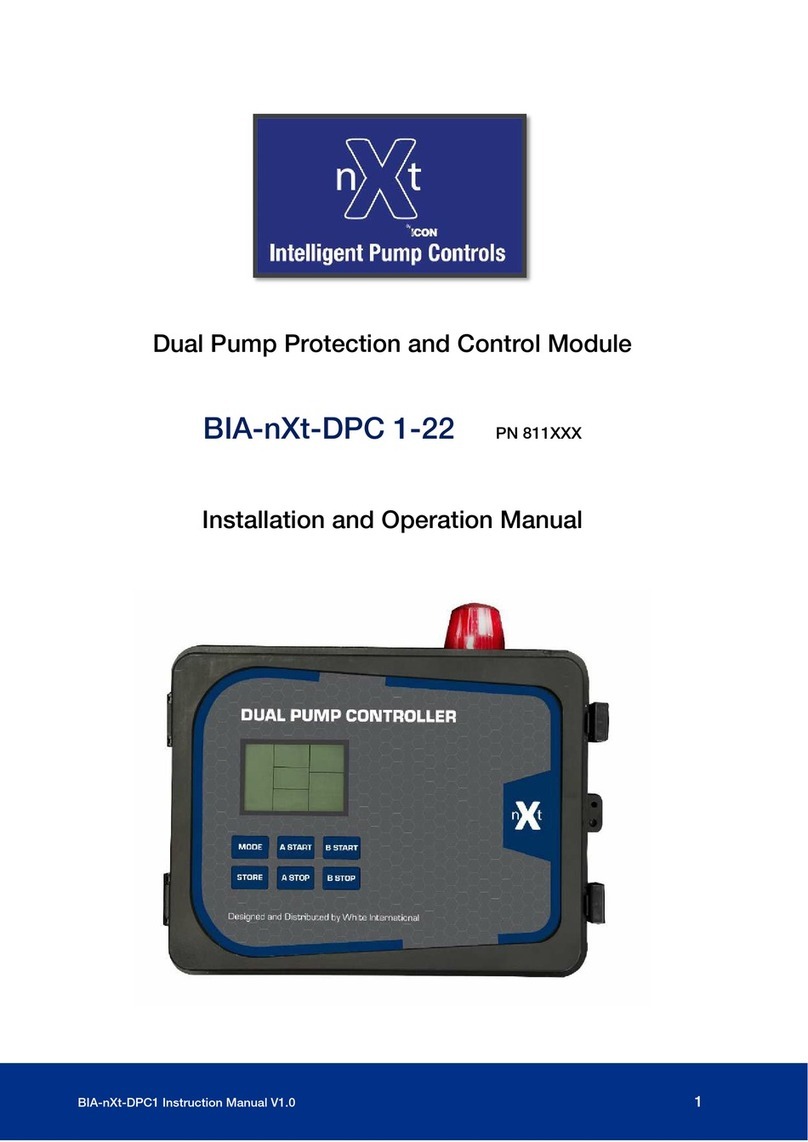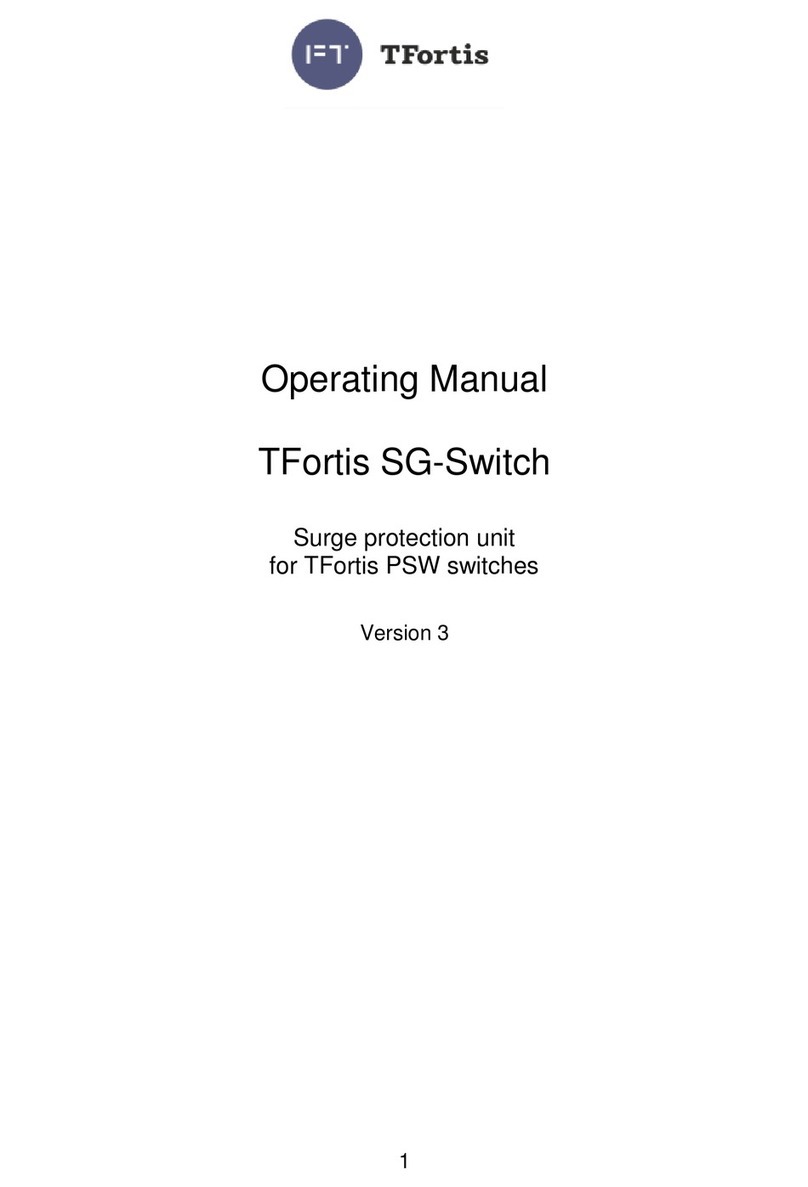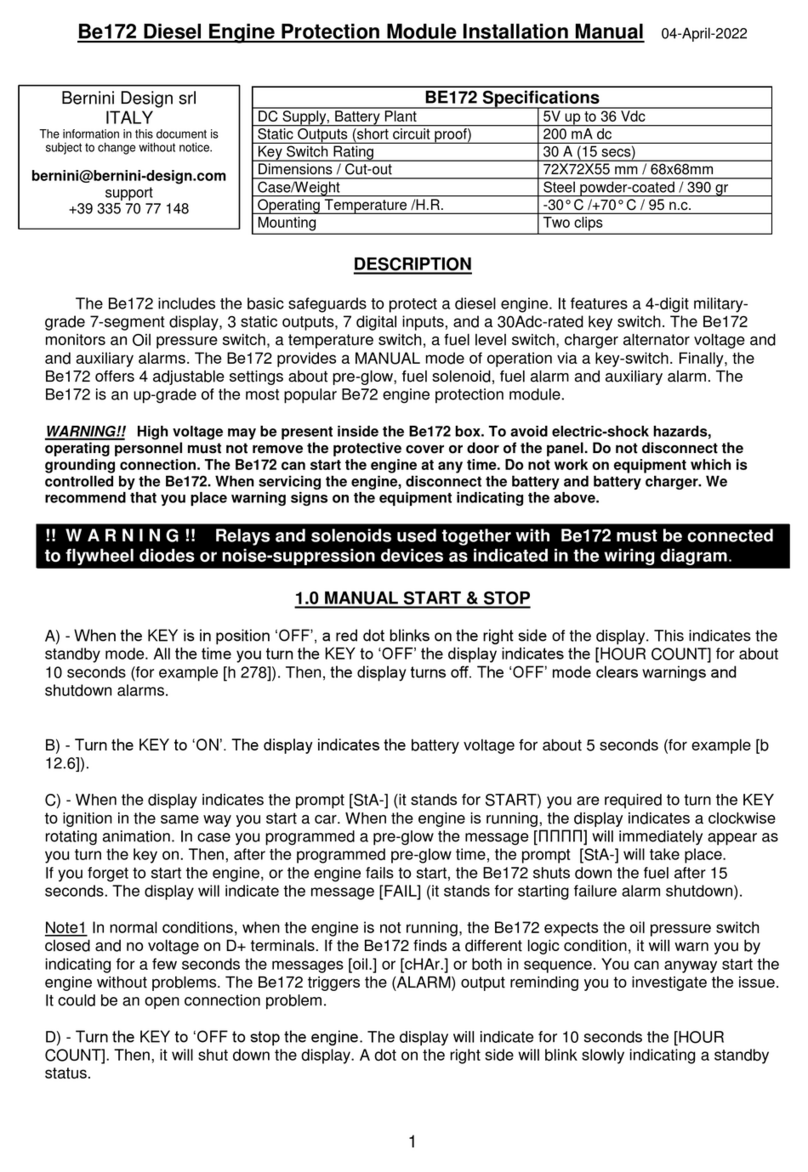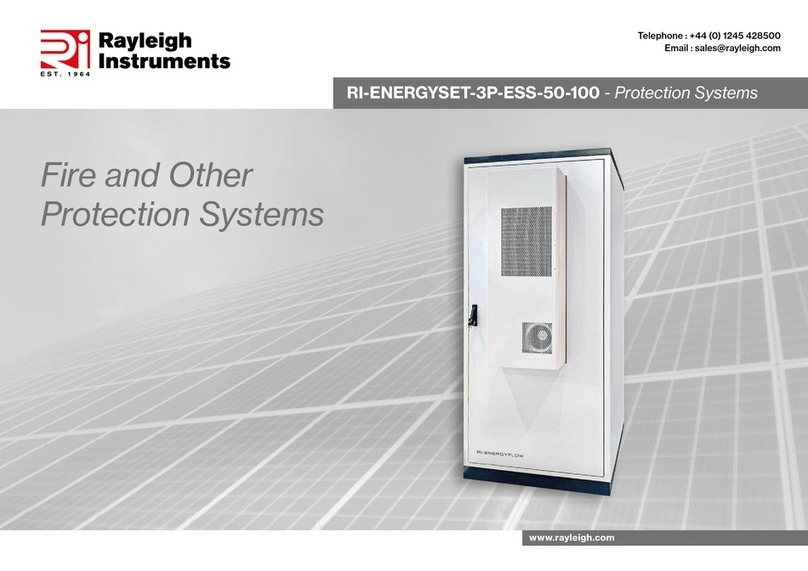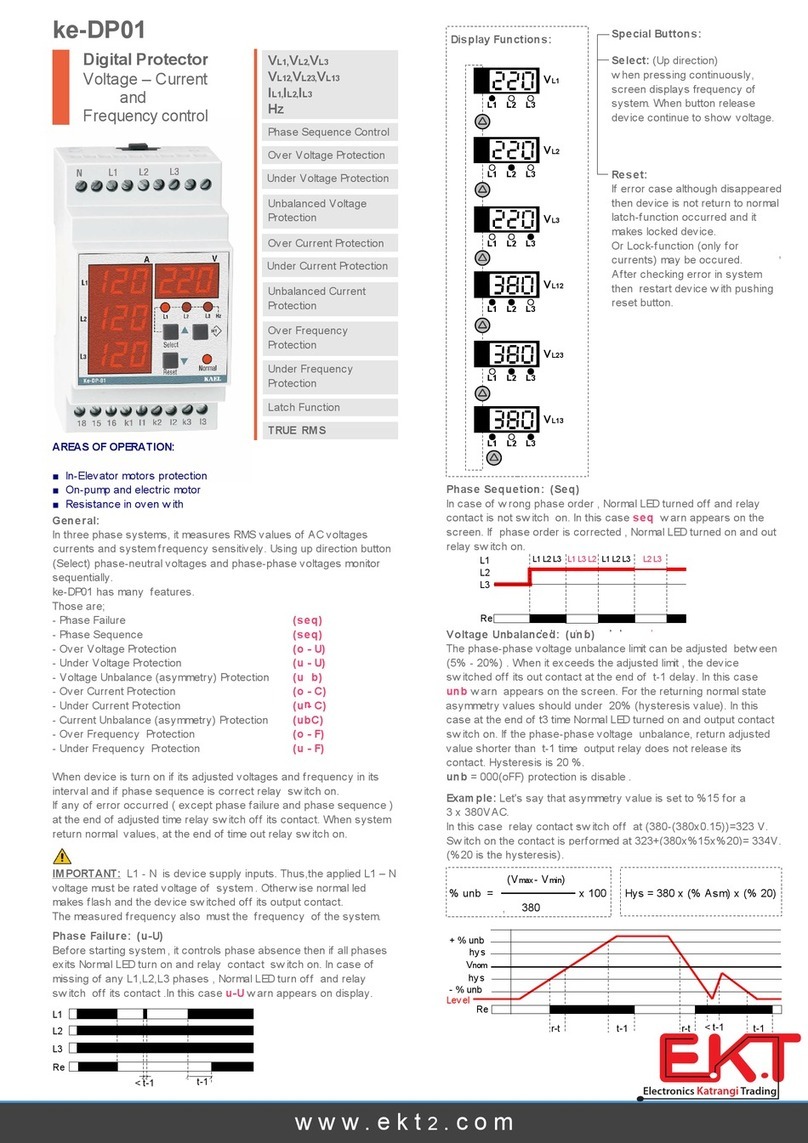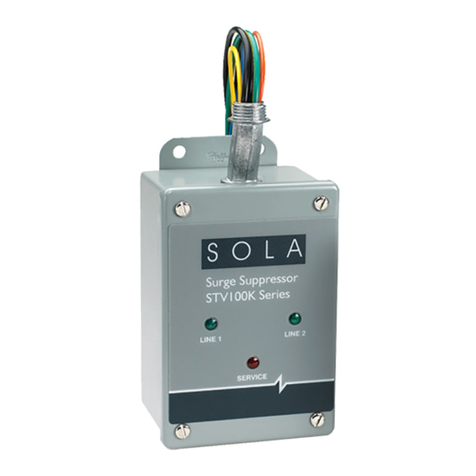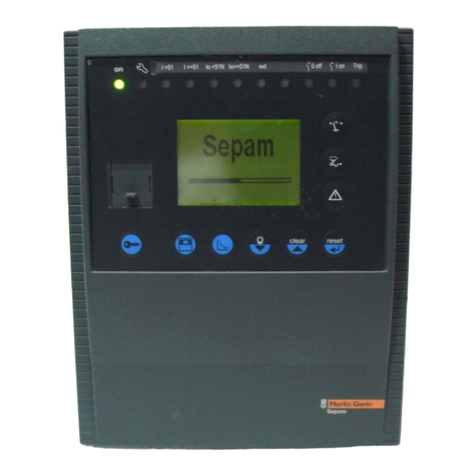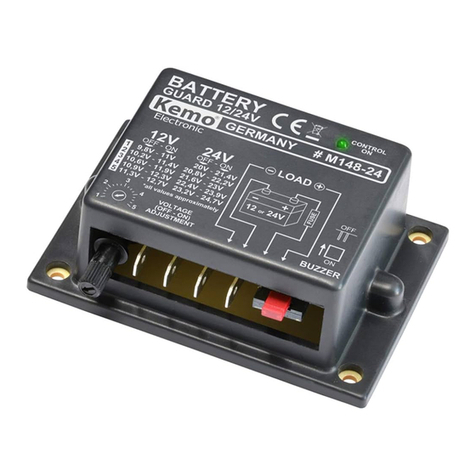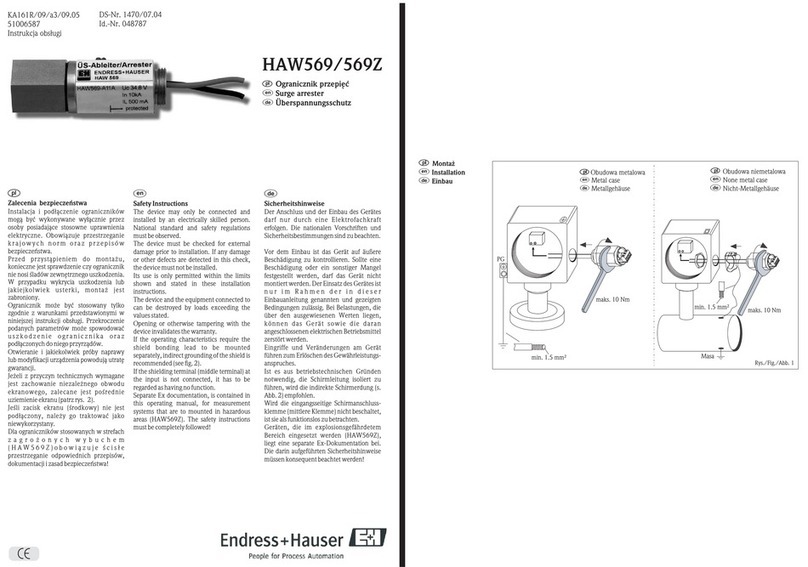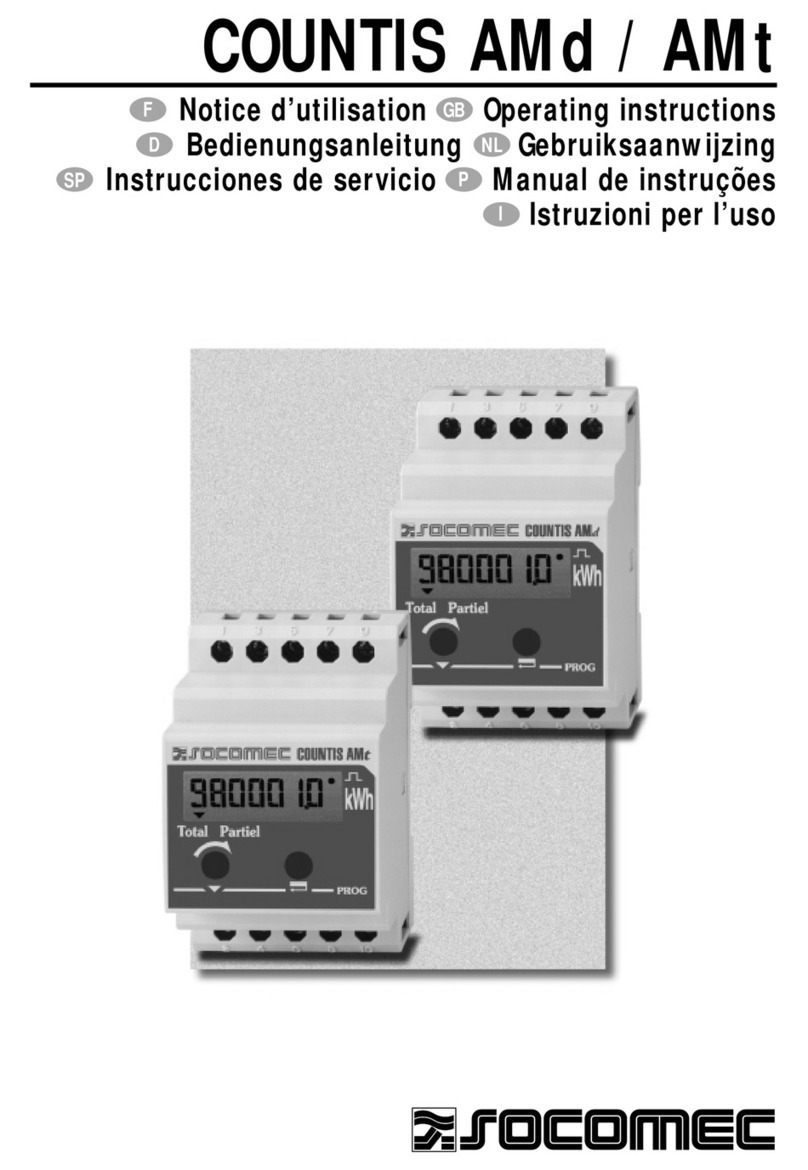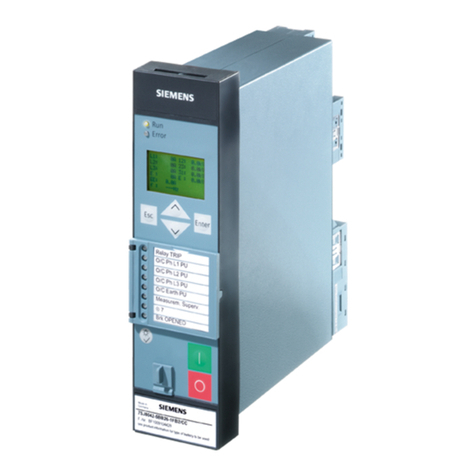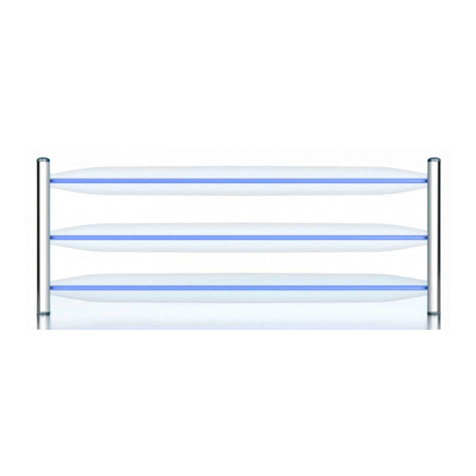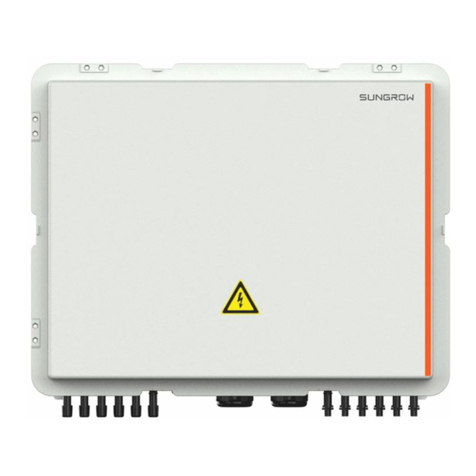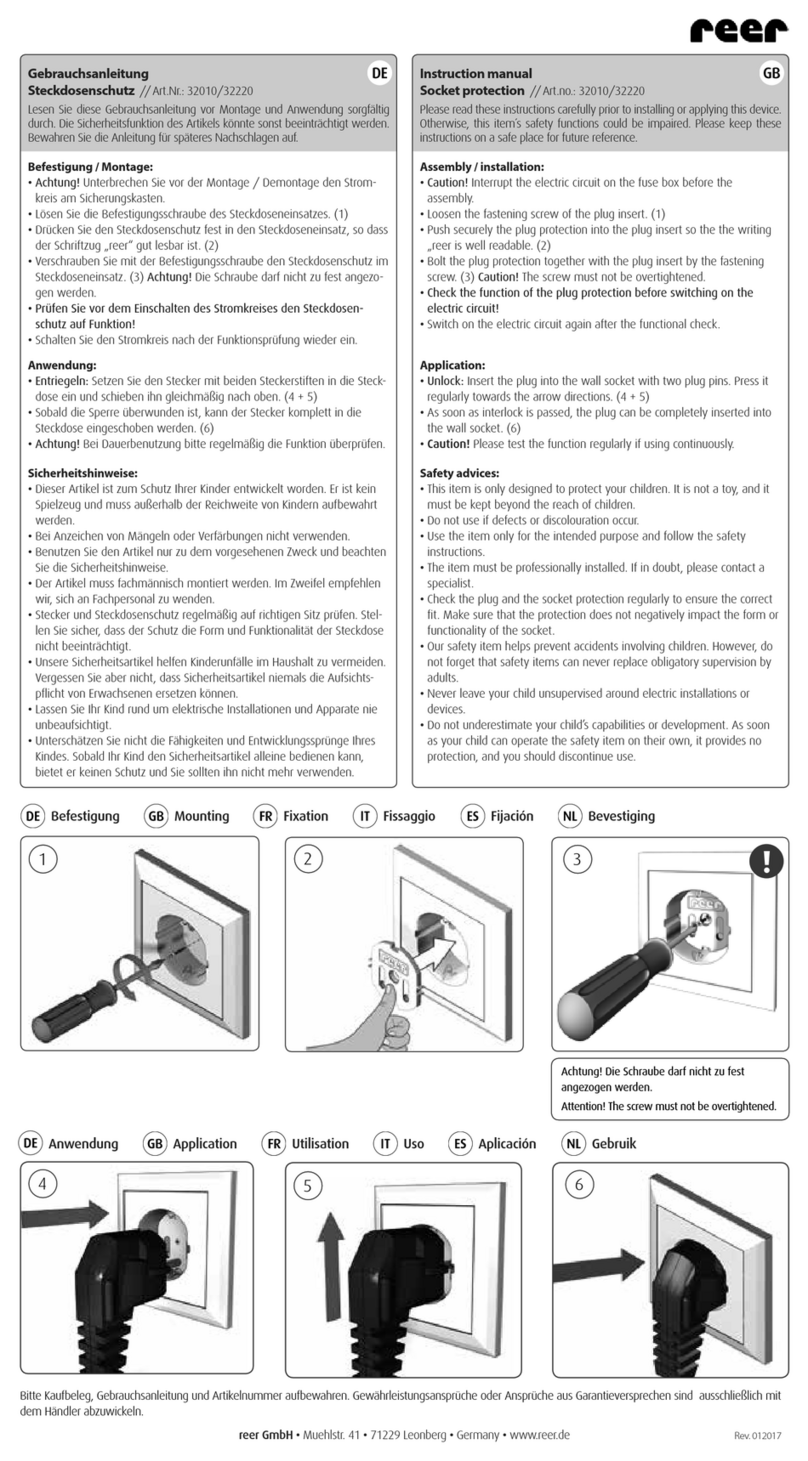Schritt 2:
Montage der Schließkästen auf dem Mauerwerk:
Bohren Sie mit einem 8 mm-Ø Steinbohrer ins Mauerwerk (A) und
führen Sie beiliegenden 8 mm - Mauerdübel in die gebohrten
Löcher. Schrauben Sie jetzt die Schließkästen mit den jeweiligen
Unterlegplatten auf das Mauerwerk.
Montage der Schließkästen auf der Türzarge:
Anschraublöcher (A) mit einem 4 mm-Ø-Bohrer ca. 5 mm tief
vorbohren. Schrauben Sie nun die Schließkästen mit den
jeweiligen Unterlegplatten mit den beiden beiliegenden
selbstschneidenden Holzschrauben auf die Türzarge.
Führen Sie nun eine Schließfunktionsprüfung durch. Prüfen Sie,
ob die Riegel des Protector-Riegels reibungslos in die
Schließkästen bzw. in die Mauereinlaßbüchse einschließen.
Sollte gegebenfalls eine Schließstörung auftreten, so empfehlen
wir Ihnen, die Schließkästen mit den Kunststoffunterlegplatten
entsprechend auszugleichen.
Bohren Sie mit einem 10 mm-Ø-Steinbohrer schräg durch das
mittleren Durchgangsloch (B) der Schließkästen direkt ins
Mauerwerk bzw. durch die Türzarge hindurch ins Mauerwerk.
In die gebohrten Löcher schlagen Sie die beiliegenden
Schwerlastrahmendübel ein und verankern somit die
Schließkästen mit dem Mauerwerk.
Step 2:
Installing the lock housing on the masonry:
Drill holes into the masonry using an 8 mm Ø masonry drill (A) and
insert the enclosed 8 mm masonry dowels into the drill holes. Now
screw the lock housing onto the masonry together with the
relevant packing plates.
Installing the lock housing on the door frame:
Drill mounting holes about 5 mm deep using a 4 mm Ø drill. Now
screw the lock housing onto the door frame together with the
relevant packing plates using the enclosed self-tapping wood
screws.
Now test the locking function. Check whether the Protector Bar's
bar enters smoothly into the lock housing and into the masonry
mounting casing.
If any locking impairments occur, we recommend balancing the
lock housings using the plastic packing plates as required.
Drill slanted holes through the central through-holes (B) on the
lock housing directly into the masonry and through the door frame
into the masonry using a 10 mm Ø masonry drill.
Insert the enclosed heavy-duty frame dowels into the drilled holes
to anchor the lock housings to the masonry.
